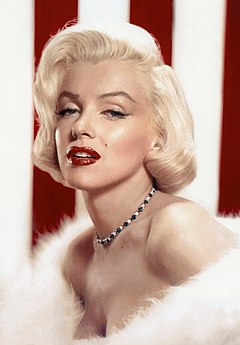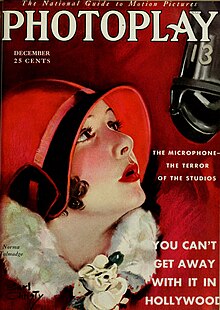
Gladys Marie Smith, known professionally as Mary Pickford, was a Canadian actress resident in the U.S., and also producer, screenwriter and film studio founder, who was a pioneer in the US film industry with a Hollywood career that spanned five decades.

Richard Semler Barthelmess was an American film actor, principally of the Hollywood silent era. He starred opposite Lillian Gish in D. W. Griffith's Broken Blossoms (1919) and Way Down East (1920) and was among the founders of the Academy of Motion Picture Arts and Sciences in 1927. The following year, he was nominated for the Academy Award for Best Actor for two films: The Patent Leather Kid and The Noose.
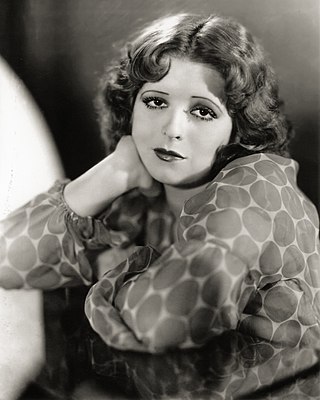
Clara Gordon Bow was an American actress who rose to stardom during the silent film era of the 1920s and successfully made the transition to "talkies" in 1929. Her appearance as a plucky shopgirl in the film It brought her global fame and the nickname "The It Girl". Bow came to personify the Roaring Twenties and is described as its leading sex symbol.
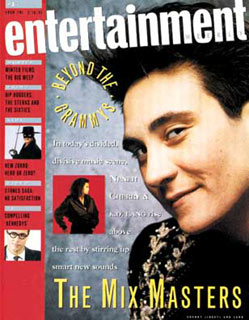
Entertainment Weekly is an American digital-only entertainment magazine based in New York City, published by Dotdash Meredith, that covers film, television, music, Broadway theatre, books, and popular culture. The magazine debuted on February 16, 1990, in New York City, and ceased print publication in 2022.
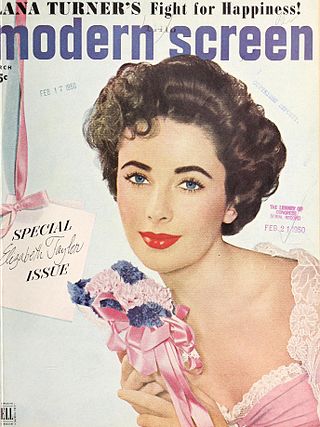
Modern Screen was an American fan magazine that for over 50 years featured articles, pictorials and interviews with film stars.

Norma Marie Talmadge was an American actress and film producer of the silent era. A major box-office draw for more than a decade, her career reached a peak in the early 1920s, when she ranked among the most popular idols of the American screen.

Us Weekly is a weekly celebrity and entertainment magazine based in New York City. Us Weekly was founded in 1977 by The New York Times Company, who sold it in 1980. It was acquired by Wenner Media in 1986, and sold to American Media Inc. in 2017. Shortly afterward, former editor James Heidenry stepped down, and was replaced by Jennifer Peros. The chief content officer of American Media, Dylan Howard, oversees the publication.
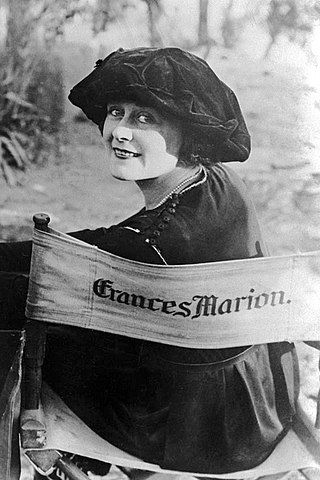
Frances Marion was an American screenwriter, director, journalist and author often cited as one of the most renowned female screenwriters of the 20th century alongside June Mathis and Anita Loos. During the course of her career, she wrote over 325 scripts. She was the first writer to win two Academy Awards. Marion began her film career working for filmmaker Lois Weber. She wrote numerous silent film scenarios for actress Mary Pickford, before transitioning to writing sound films.
A fan magazine is a commercially written and published magazine intended for the amusement of fans of the popular culture subject matter that it covers. It is distinguished from a scholarly, literary or trade magazine on the one hand, by the target audience of its contents, and from a fanzine on the other, by the commercial and for-profit nature of its production and distribution. Scholarly works on popular culture and fandoms do not always make this terminological distinction clear. In some relevant works, fanzines are called "fan magazines", possibly because the term "fanzine" is seen as slang.

May Allison was an American actress whose greatest success was achieved in the early part of the 20th century in silent films, although she also appeared on stage.

Dorothy Mackaill was a British-American actress, most active during the silent-film era and into the pre-Code era of the early 1930s.

Matinée idol is a term used mainly to describe film or theatre stars who are adored to the point of adulation by their fans. The term almost exclusively refers to adult male actors.
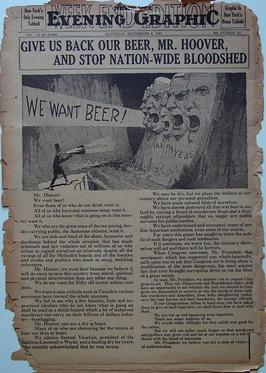
The New York Evening Graphic was a tabloid newspaper published from 1924 to 1932 by Macfadden Publications. Exploitative and mendacious in its short life, the Graphic exemplified tabloid journalism and launched the careers of Walter Winchell, Louis Sobol, and sportswriter-turned-columnist and television host Ed Sullivan.
Macfadden Communications Group is a publisher of business magazines. It has a historical link with a company started in 1898 by Bernarr Macfadden that was one of the largest magazine publishers of the twentieth century.

Humoresque is a 1920 American silent drama film produced by Cosmopolitan Productions, released by Famous Players–Lasky and Paramount Pictures, and was directed by Frank Borzage from a 1919 short story by Fannie Hurst and script or scenario by Frances Marion.

Motion Picture was an American monthly fan magazine about film, published from 1911 to 1977. It was lastly published by Macfadden Publications.

May Mann, born May Vasta Randall, was a Hollywood columnist and freelance writer. She wrote a syndicated column about Hollywood gossip and wrote articles on celebrities for fan magazines. Her "Going Hollywood" column was syndicated to 400 newspapers, and contributed to movie magazines Movie Mirror, Silver Screen, Movie Teen, Screenland, and Photoplay. Her columns often featured photos of herself with the celebrity she profiled. She befriended several celebrities like Marilyn Monroe and wrote books about Elvis Presley, Clark Gable, and Jayne Mansfield. She was known as "Hollywood Date Girl" since she wrote about parties that she attended with Hollywood celebrities.

James R. Quirk was an American magazine editor.

Cordelia D. "Delight" Evans was an American entertainment writer, editor, and film critic who was most widely known for her career as the editor of Screenland Magazine. Before accepting her career-making position at Screenland, Evans worked for Photoplay Magazine for six years. Screenland and Photoplay were both popular fan magazines that allowed fans to connect with movies outside the theaters. Some of the magazines' content consisted of movie reviews, movie promotions, and spreads of popular actors and actresses. Evans first started working for Screenland Magazine in October 1924 where she wrote reviews for various iconic films of that time. In 1929, Evans was promoted to Editor of the magazine. Nine years later in 1938, her success and ambitious attitude lead her to her own radio program, Food Secrets of the Movie Stars.
Manor Books was an American publisher of paperback books. It was founded by Walter Weidenbaum in 1972 and based in New York City.
